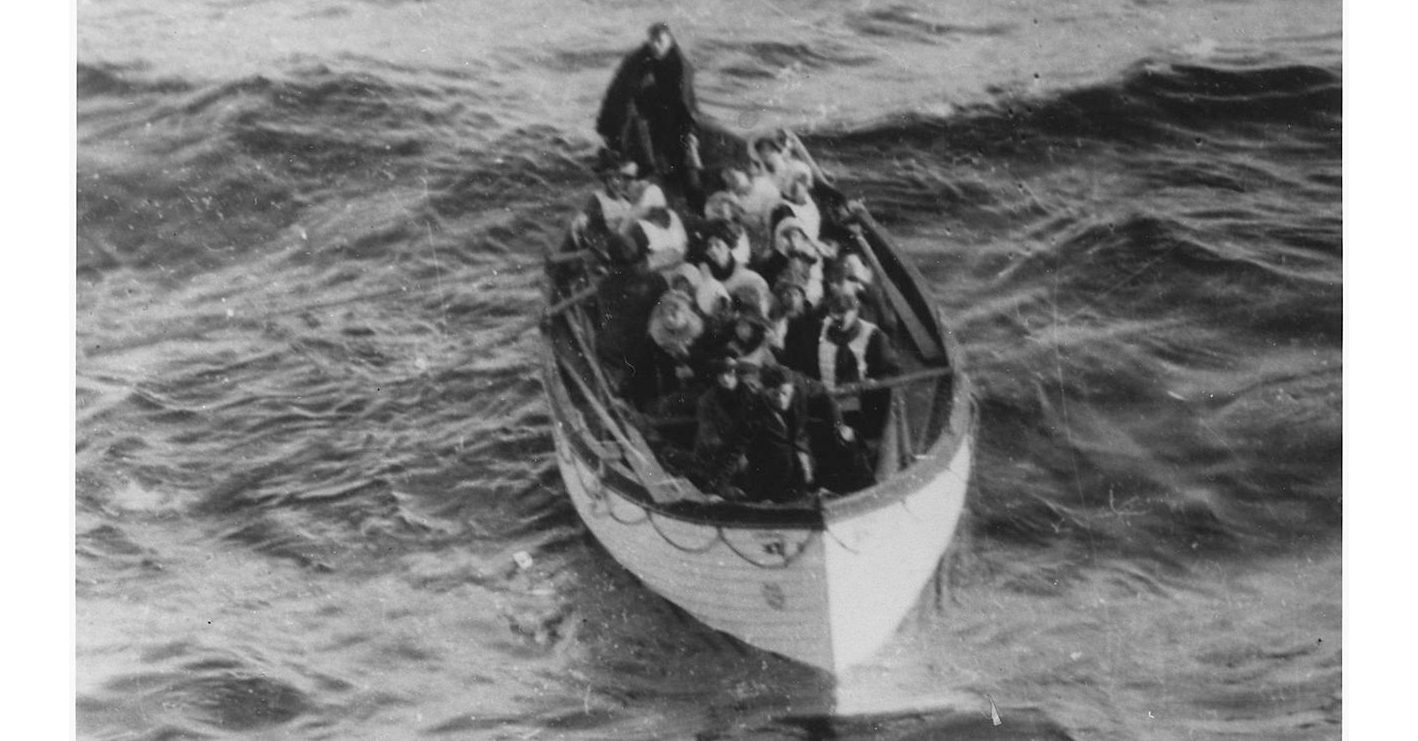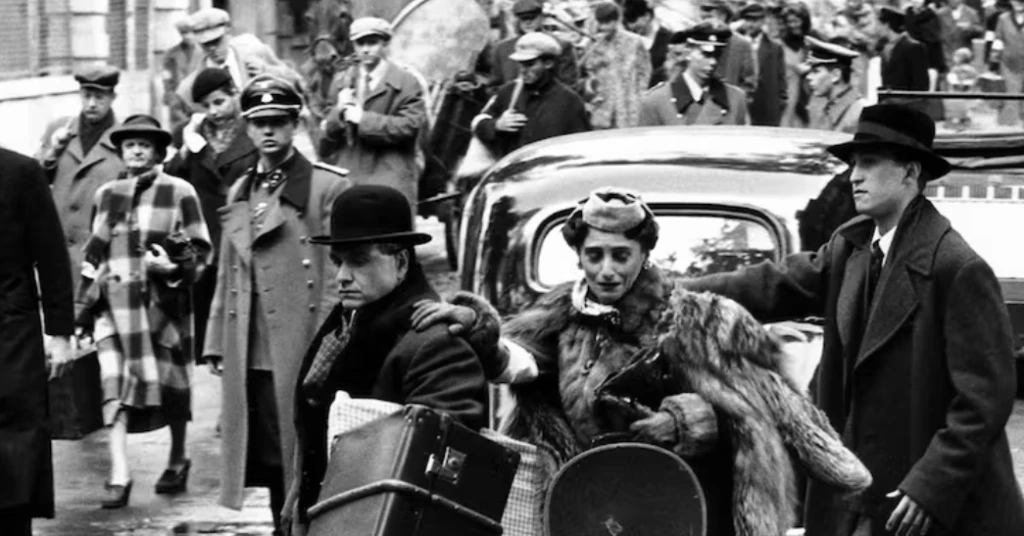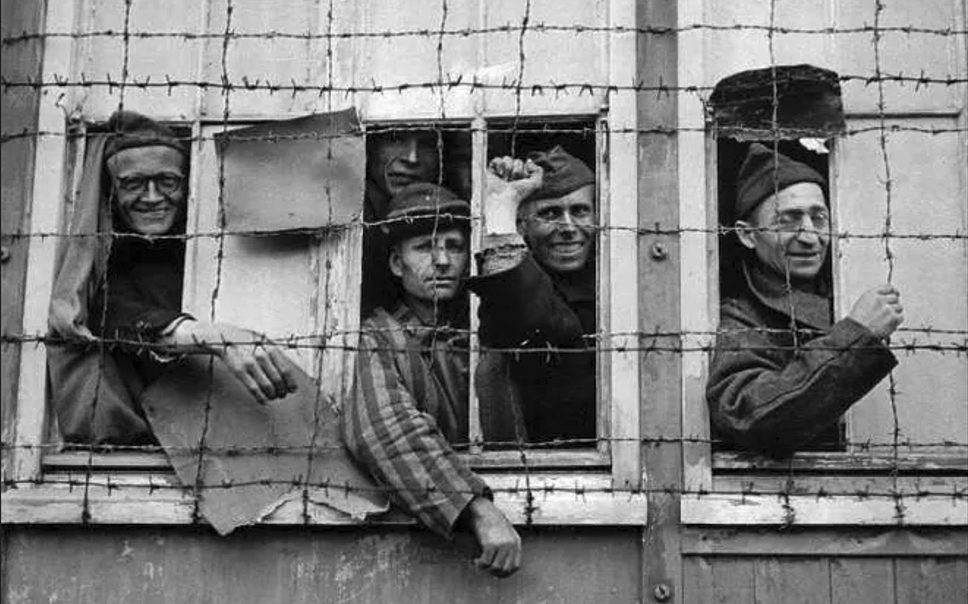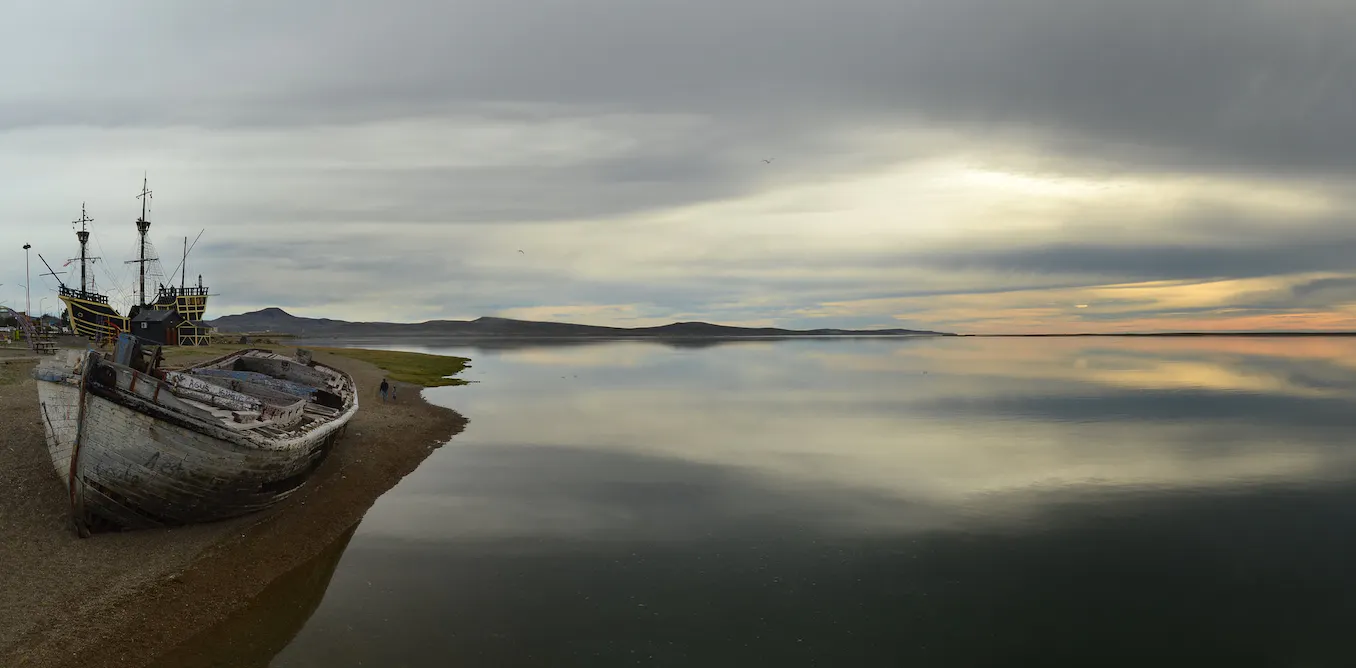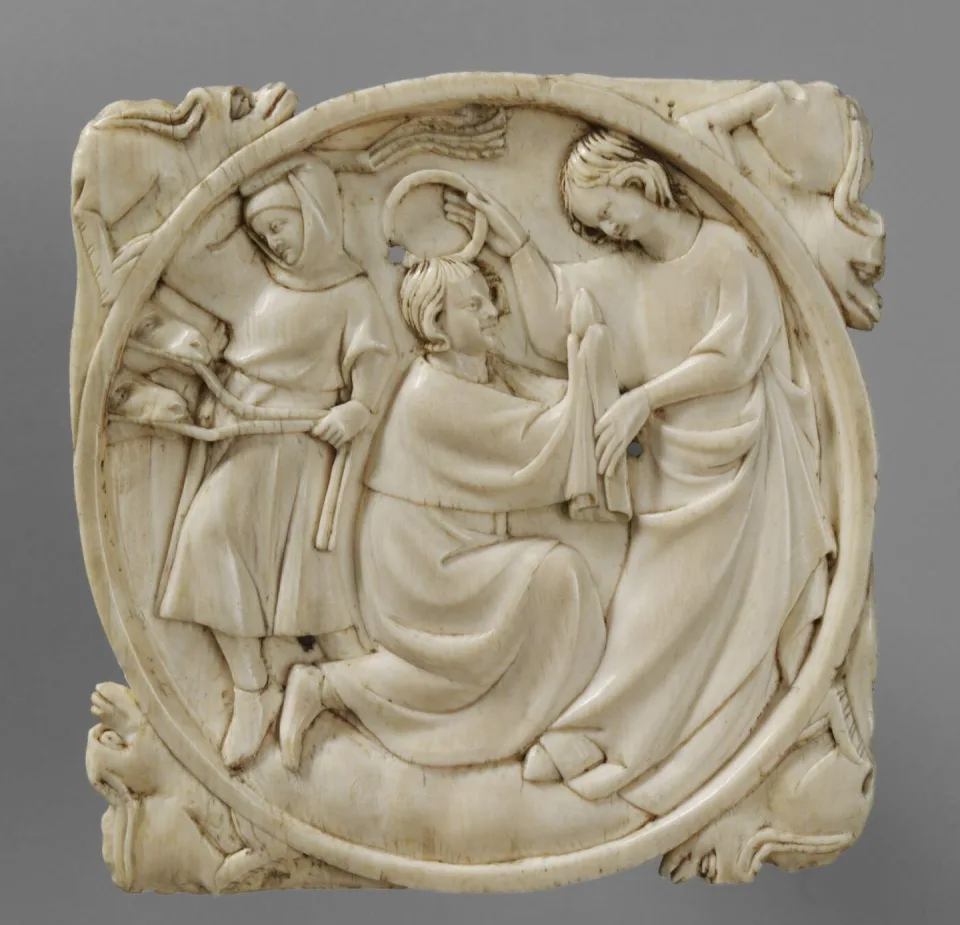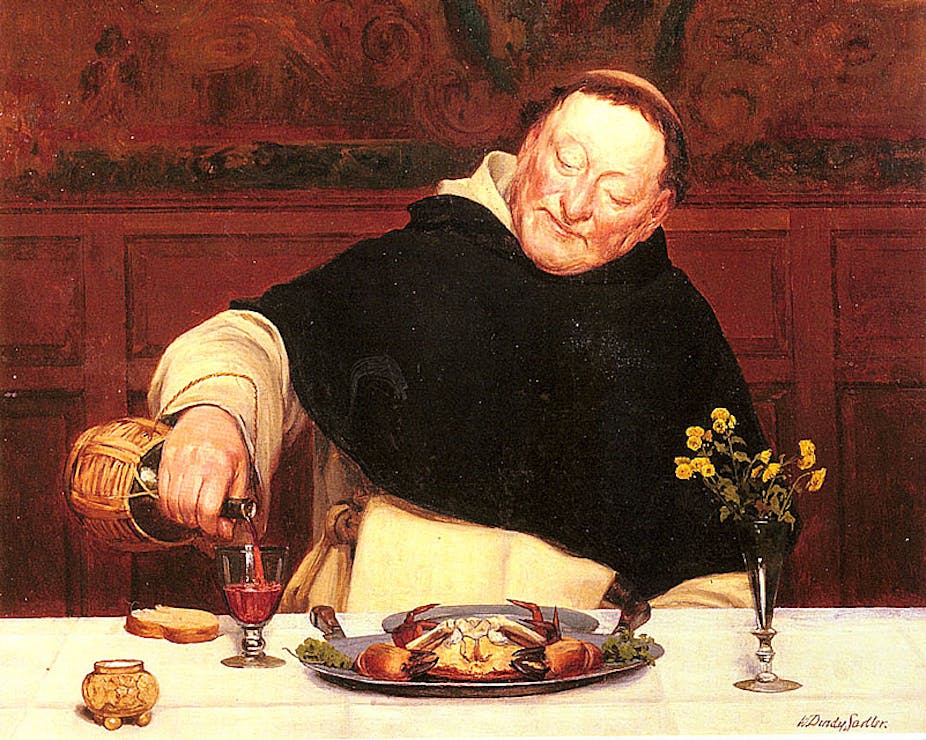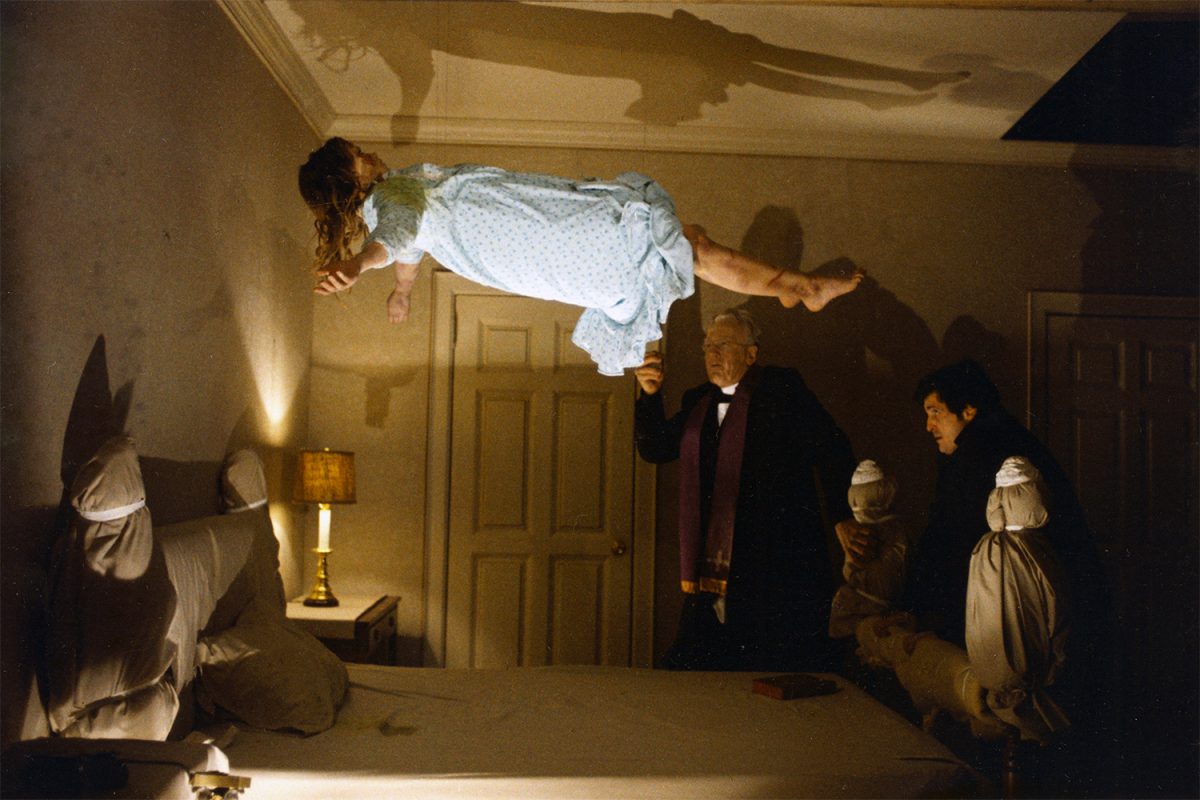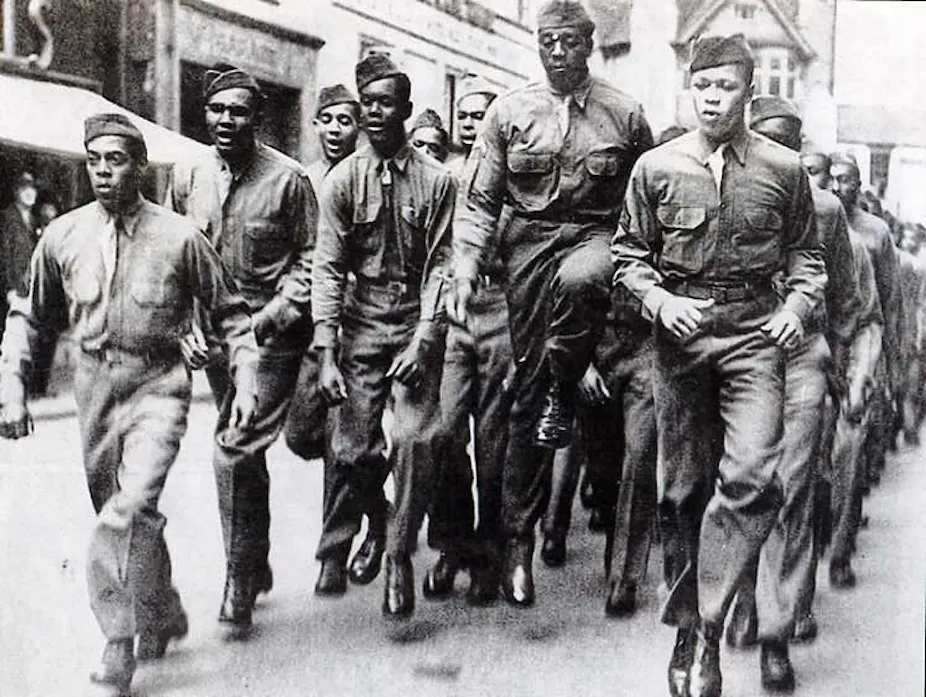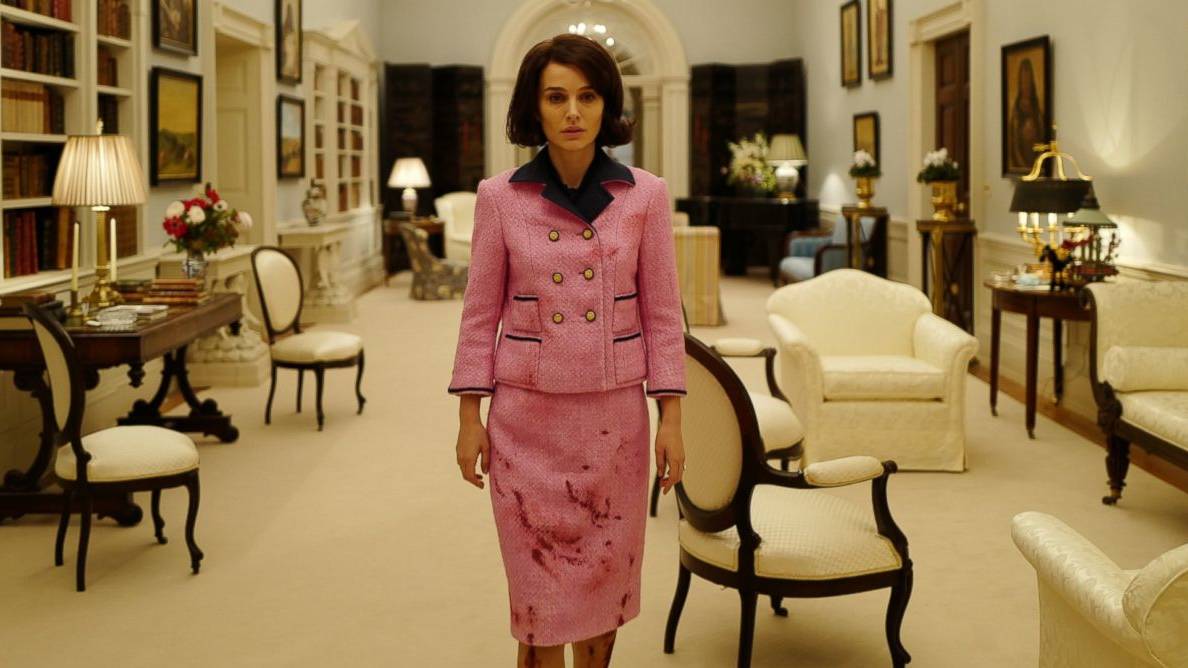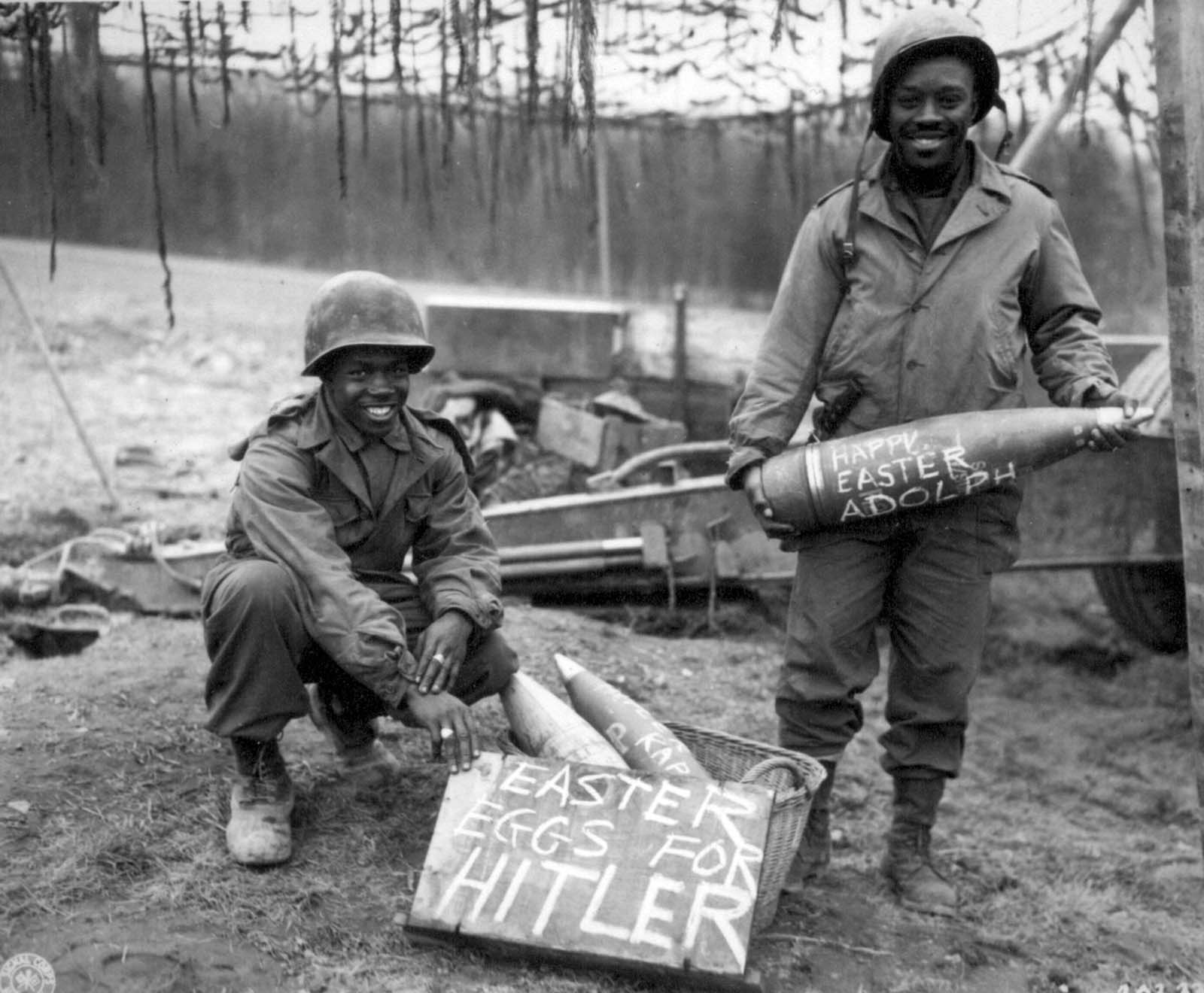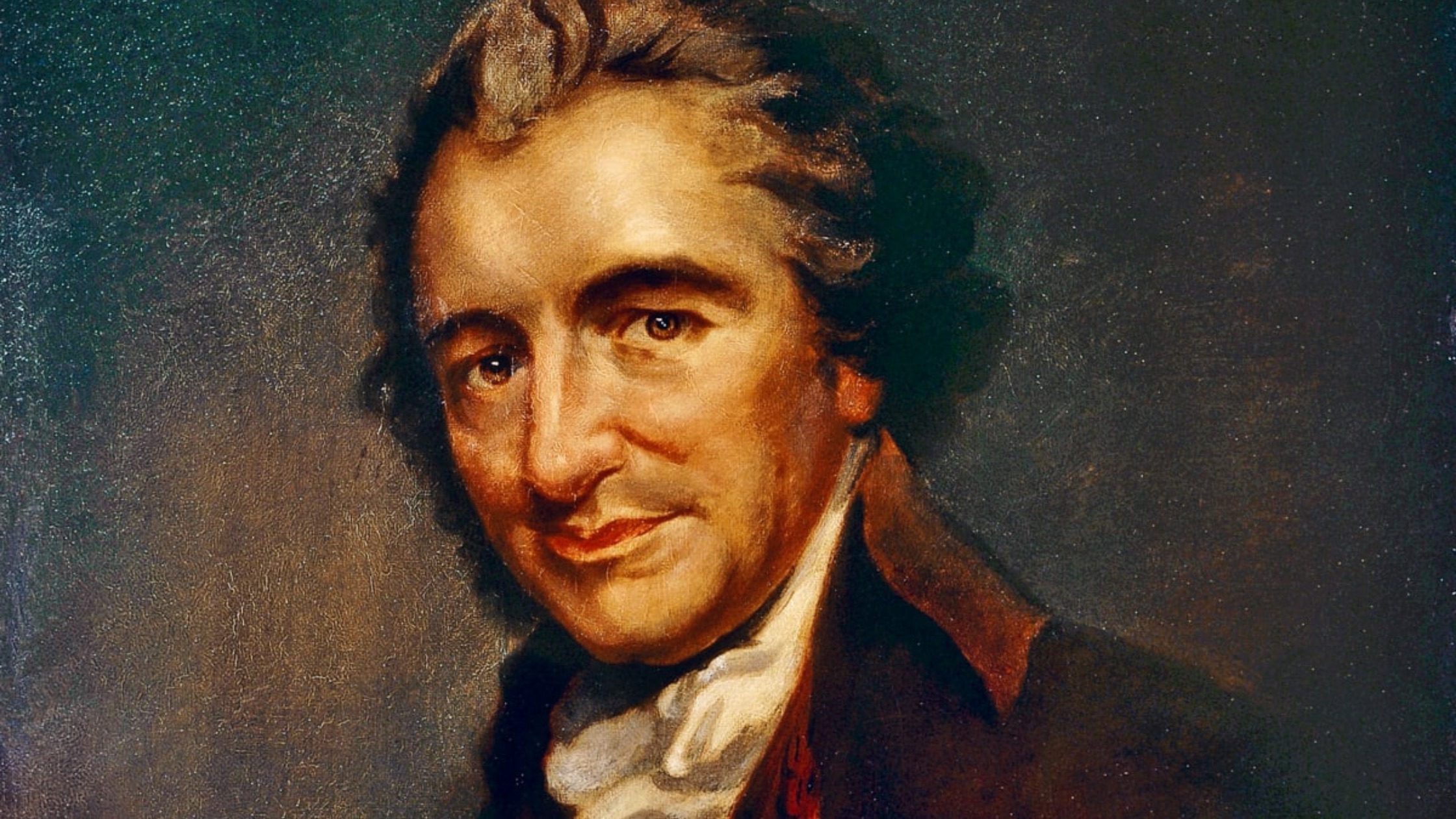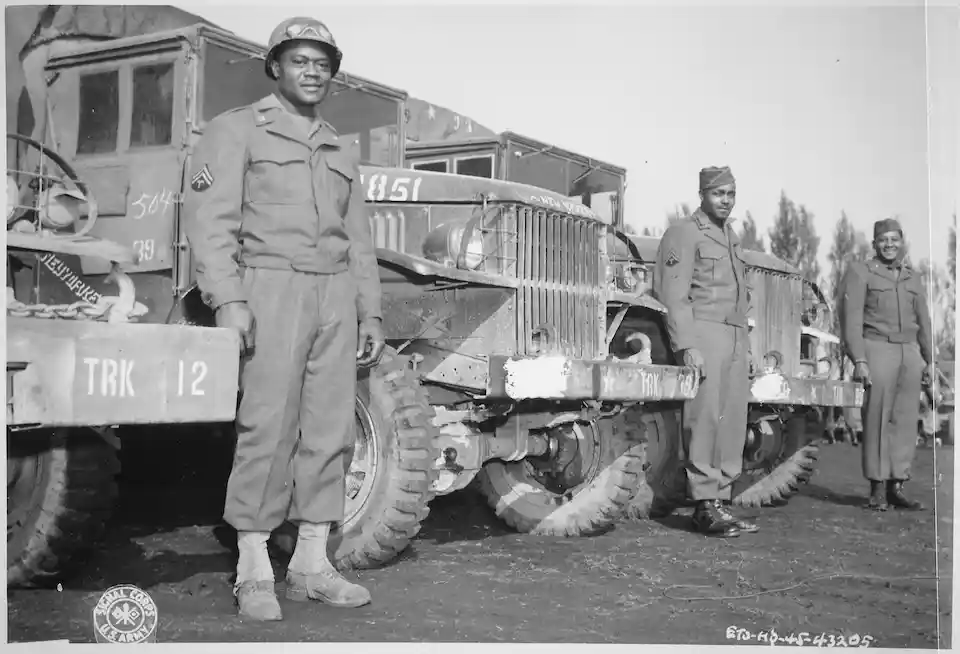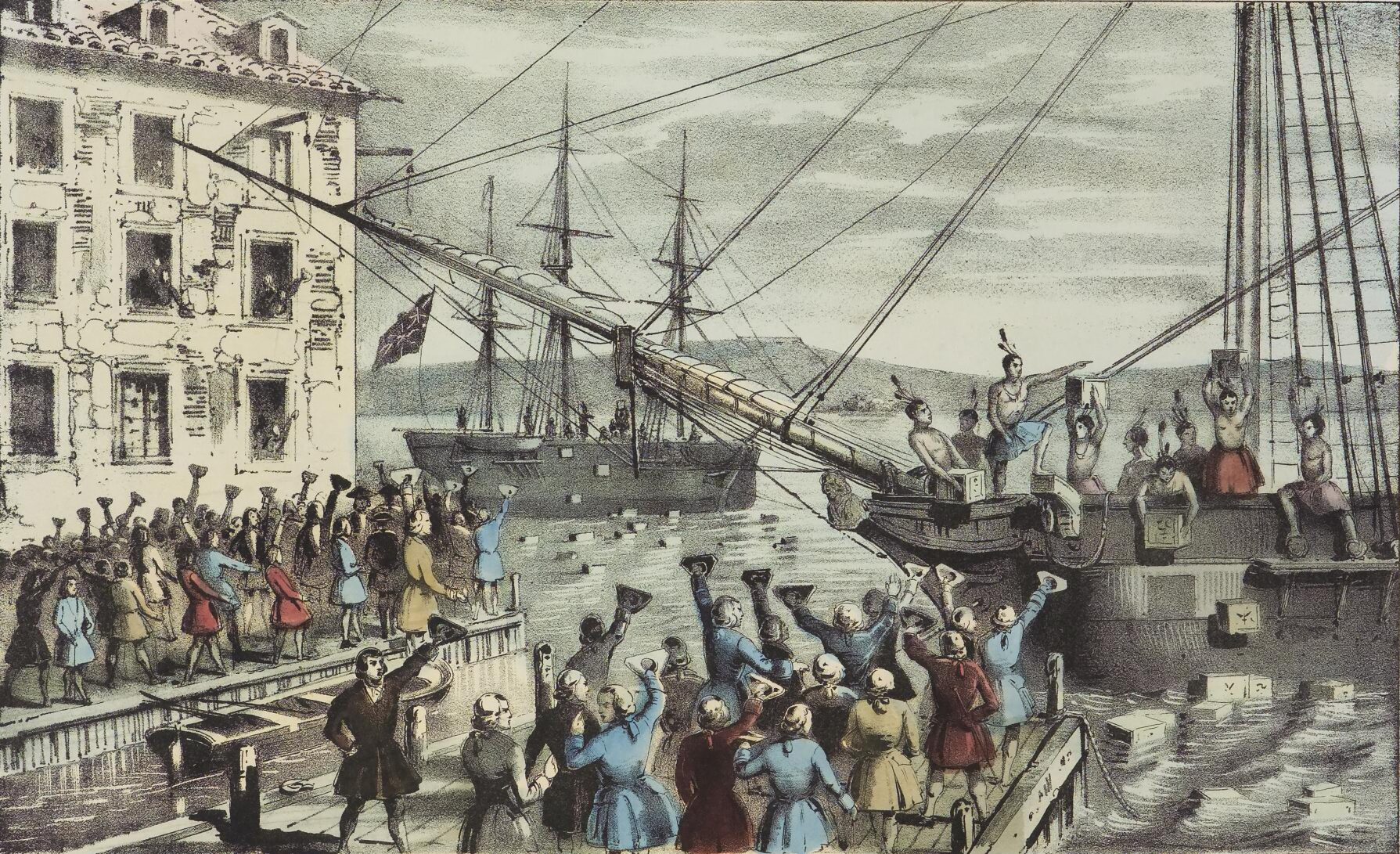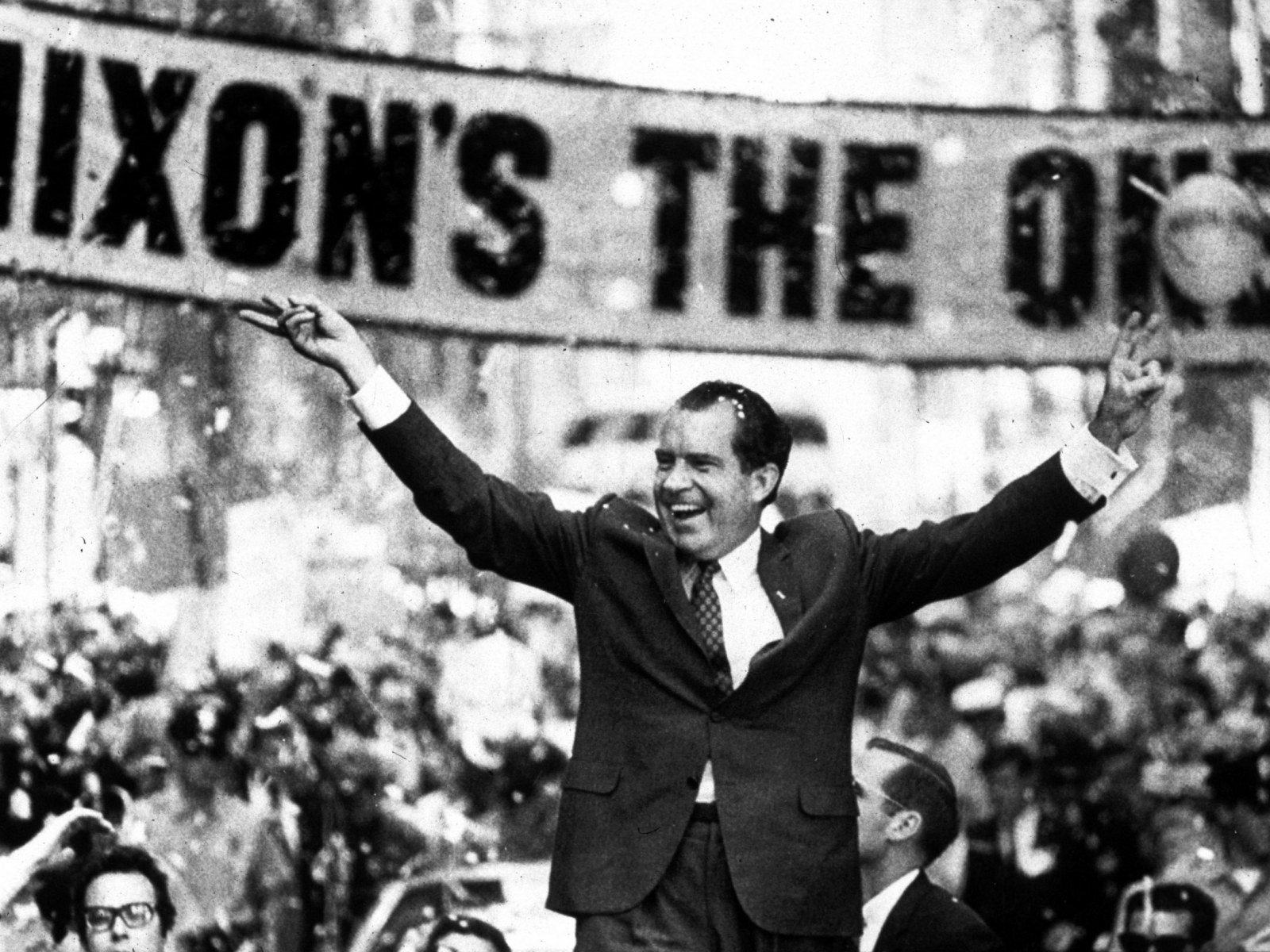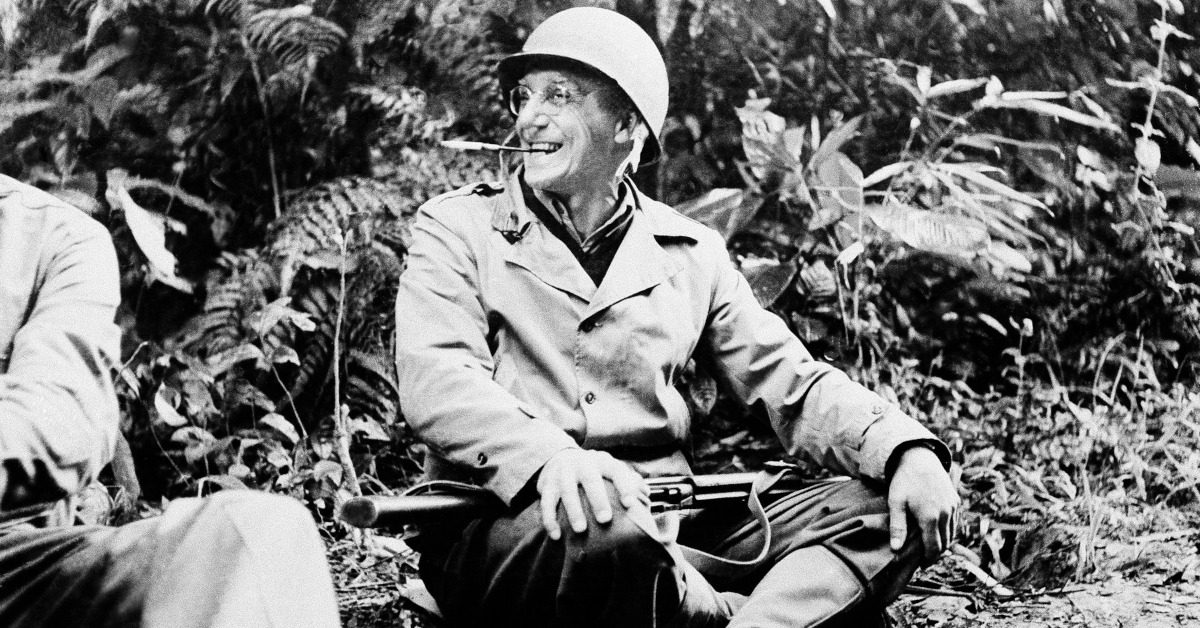
“Vinegar Joe” Stilwell: the Story of America’s Man on the Ground in WW2 China
Reading time: 12 minutes
As famed as American commanders like Dwight Eisenhower and Douglas MacArthur are today, one of the most important is the relatively little-known Joseph Stilwell.
He was one of its leading experts on a country that was to play a pivotal role in the history not just of the war, but of the 20th century: China.
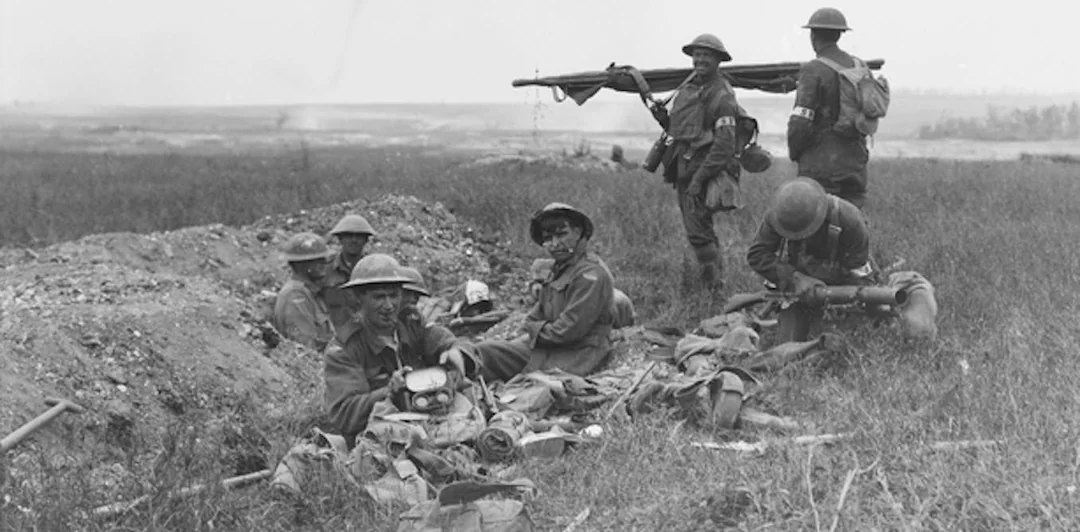
‘It bucked our lads up wonderfully’: the lightning-quick battle that marked the birth of the US-Australia military alliance
Reading time: 6 minutes
While the AUKUS alliance is new, the Australian-American partnership is not. As Australians reflect on the sacrifices of their soldiers on ANZAC Day, it’s worth remembering the first time Australian and American troops joined forces in battle – in northern France, in the final year of the first world war.
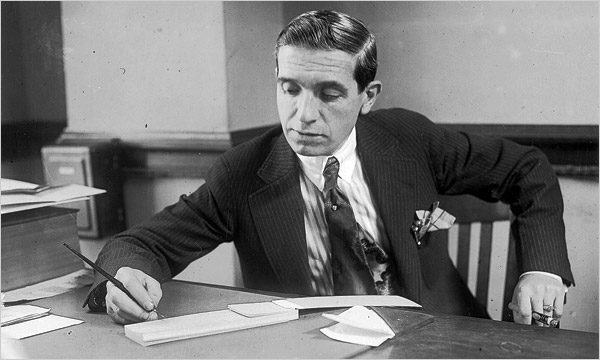
“The Best Show That Was Ever Staged”: Charles Ponzi’s Scheme
Reading time: 7 minutes
Having gambled away his life savings on the passage over, Italian immigrant Charles Ponzi arrived in America with next to nothing in his pocket. As he would later recount, “I landed in this country with $2.50 in cash and $1 million in hopes, and those hopes never left me.”
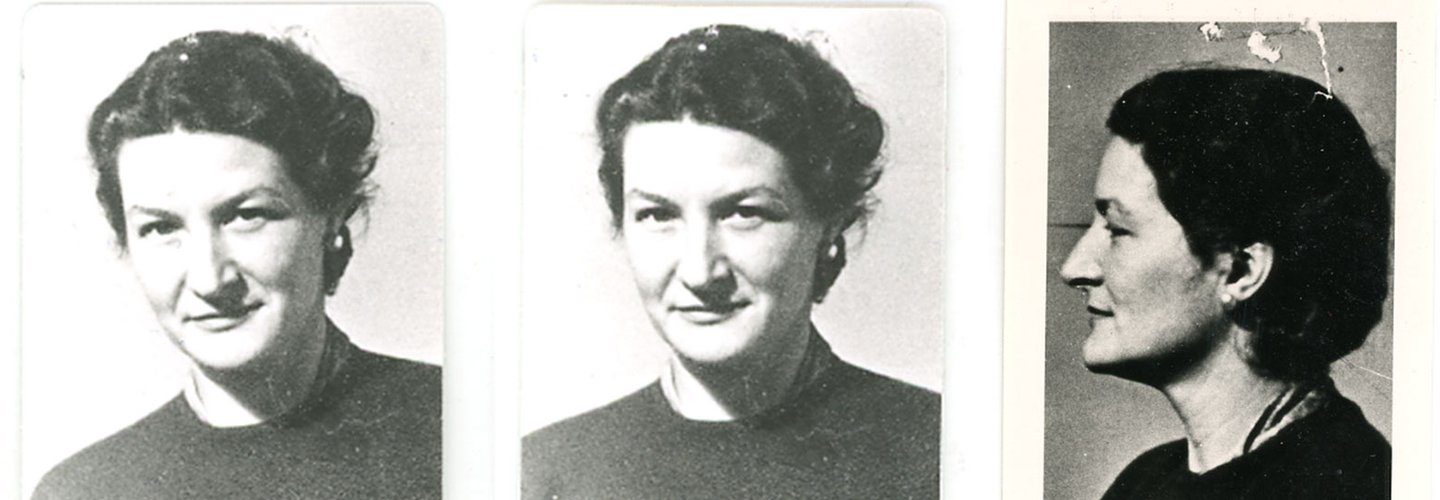
Virginia Hall, SOE Agent to CIA Pioneer
Reading time: 10 minutes
Virginia Hall (1906–1982) was an American woman who served with the British Special Operations Executive in France in 1941–1942. She then joined its US equivalent, the Office of Strategic Services, and became a founding member of the Central Intelligence Agency.
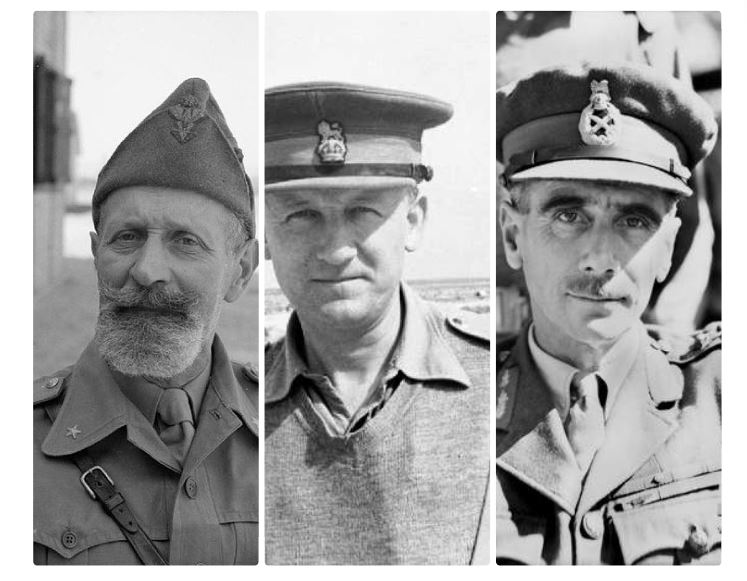
History’s Greatest Nicknames
Reading time: 7 minutes
A browse through any military history book will no doubt bring up titles of famous officers, often bearing unusual, surprising, or sometimes downright hilarious nicknames. In many cases, it’s clear where the sobriquet originated, while other examples hold a less-obvious significance.
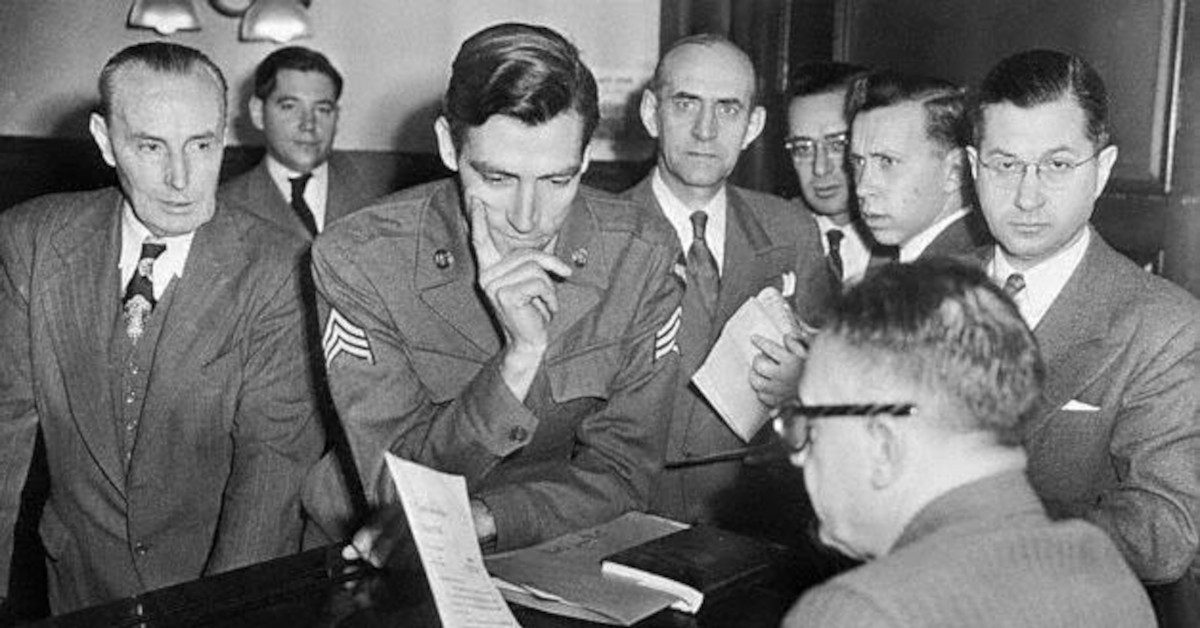
Lieutenant Martin Monti, the Only American Defector to the Waffen-SS
Reading time: 10 minutes
On May 8, 1945, a battered, broken Nazi Germany surrendered to the Allied armies which had crashed across its borders, fighting town by town to topple Hitler’s regime. Two days later, one of Germany’s strangest supporters surrendered, too.

Fake news was a thing long before Donald Trump — just ask the ancient Greeks
Reading time: 5 minutes
Thucydides and Plato lived through the crisis of Athenian democracy and, not unlike Trump, informed posterity that the fate of their beloved Athens resulted from the systematic misinformation and mis-education of the citizens.
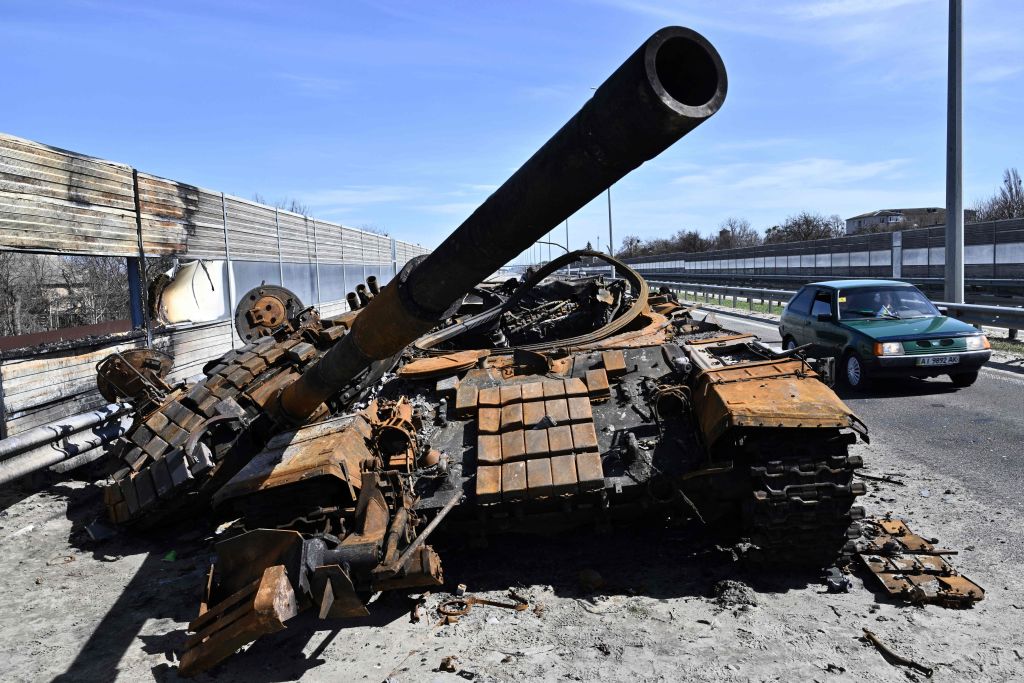
Putin’s failure to learn from history has led to Russian quagmire in Ukraine
Reading time: 4 minutes
As the Russo-Ukraine conflict continues with no resolution in sight, we are painfully reminded of not only the horror of war, but also how often major powers’ interventionism, for whatever objective, hasn’t paid off. These powers have repeatedly failed to learn from the futility of their past adventures to avoid future ones. Counterproductivity has often become the hallmark of their efforts.
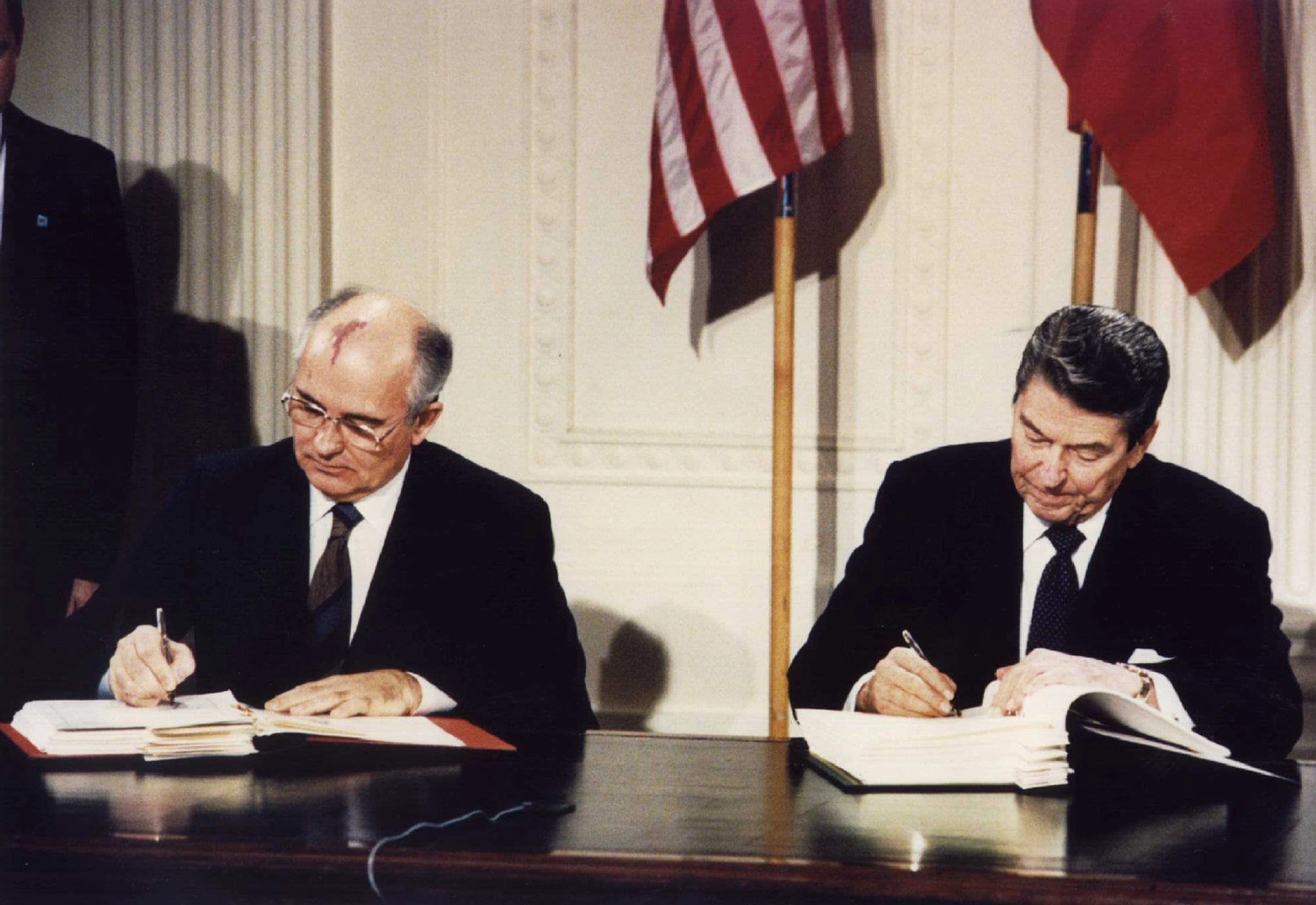
Ukraine war: how Gorbachev’s 1987 INF missile treaty has limited the arsenal available to Putin
Reading time: 4 minutes
Thanks to the final Soviet leader Mikhail Gorbachev, who has died aged 91, a disarmament treaty has denied Vladimir Putin thousands more missiles which he could have ordered to be used against Ukraine. Russian forces attacking Ukraine have not been able to use land-based missiles with ranges of between 500km and 5,500km because this entire category of weapons was scrapped under the 1987 Intermediate-Range Nuclear Forces (INF) Treaty, which the former Soviet leader was instrumental in establishing.

